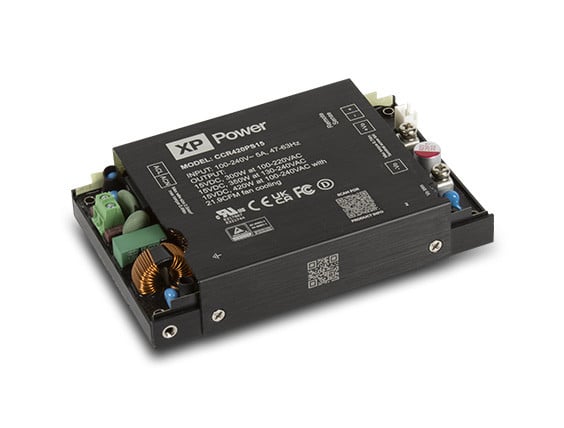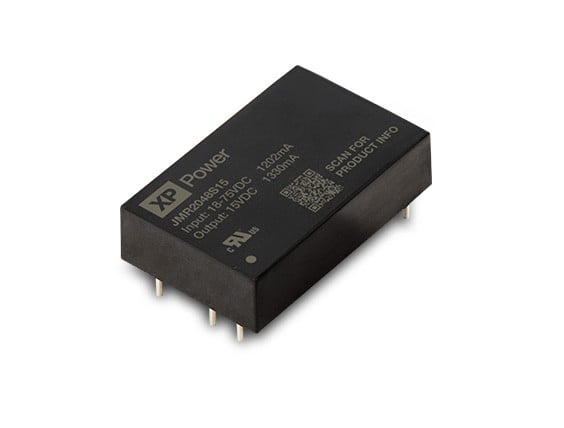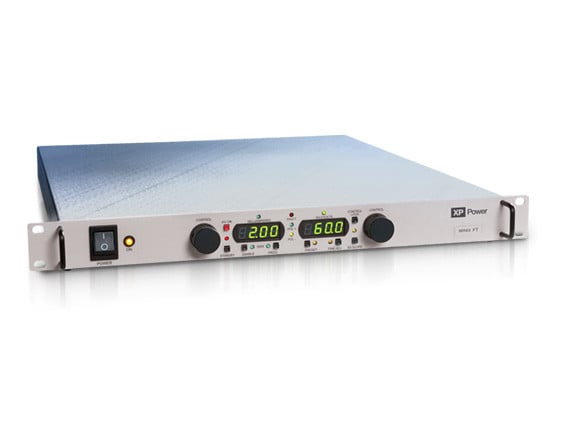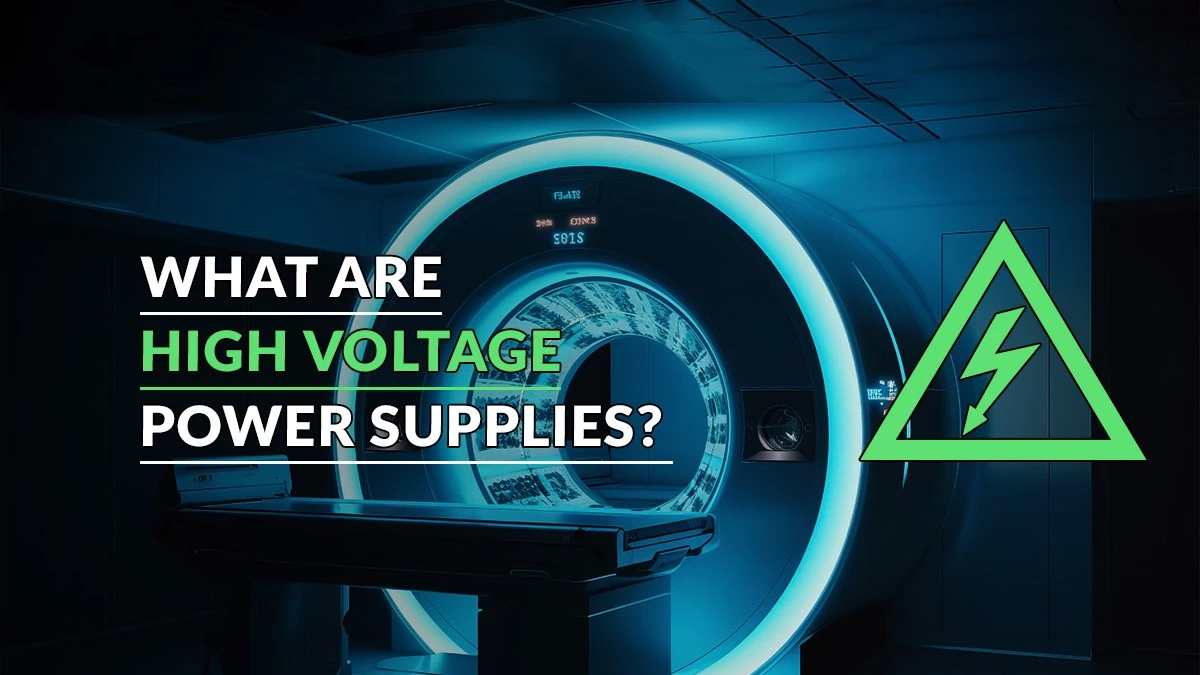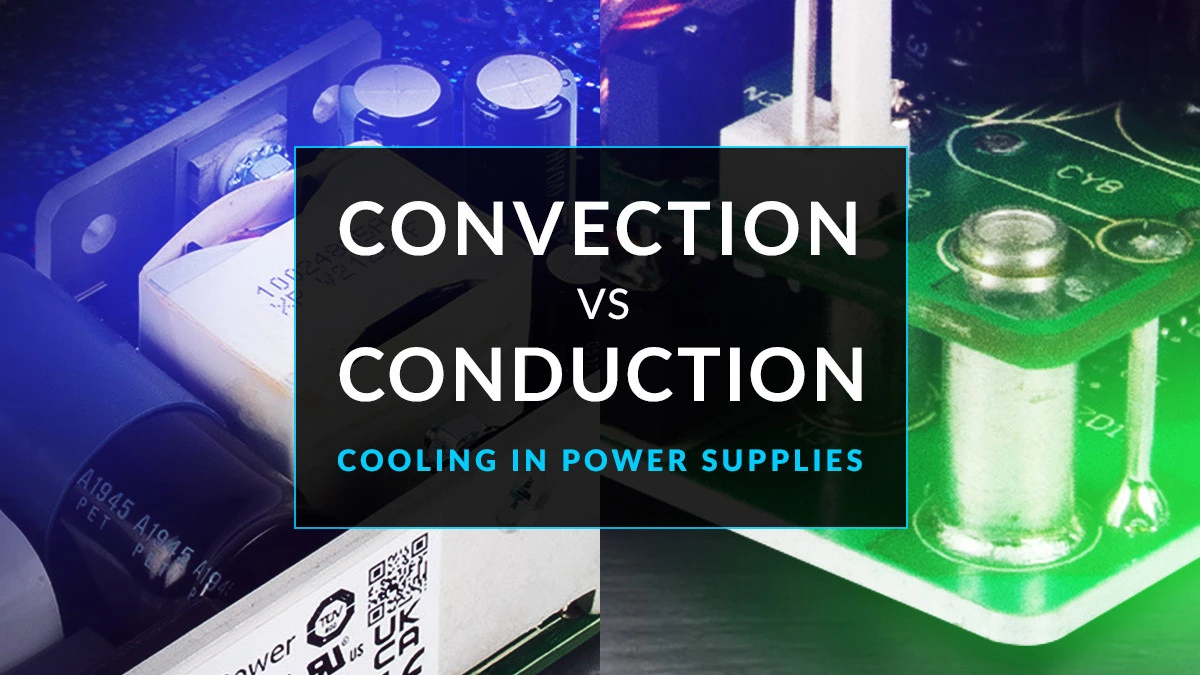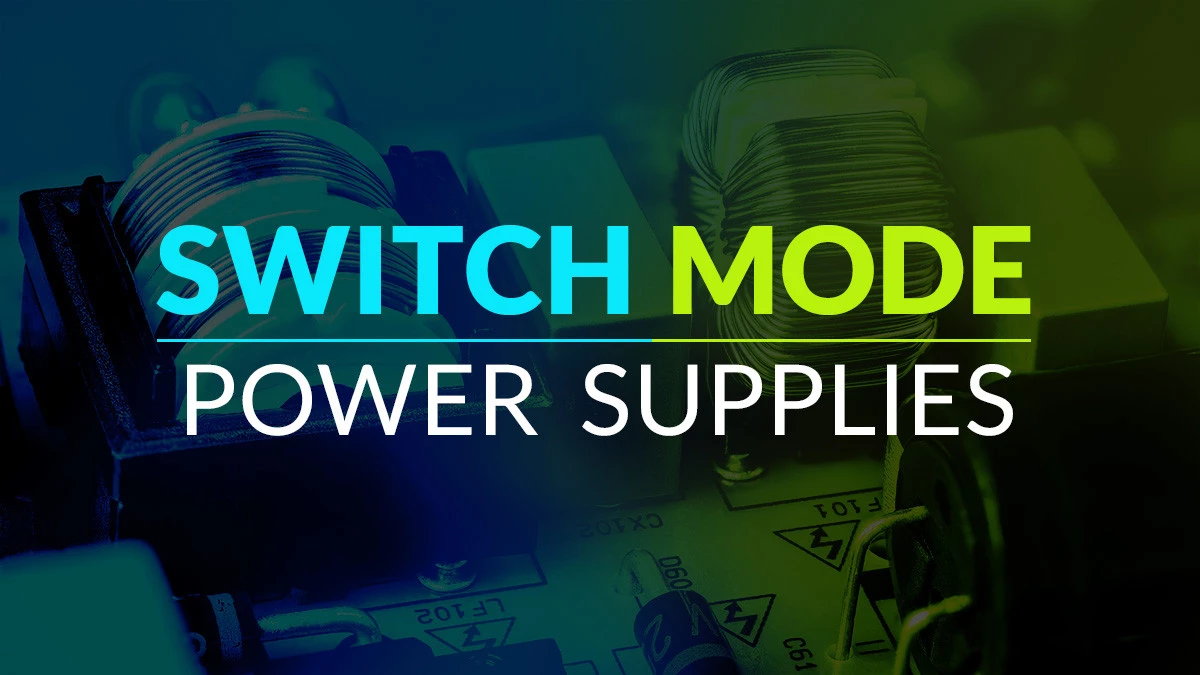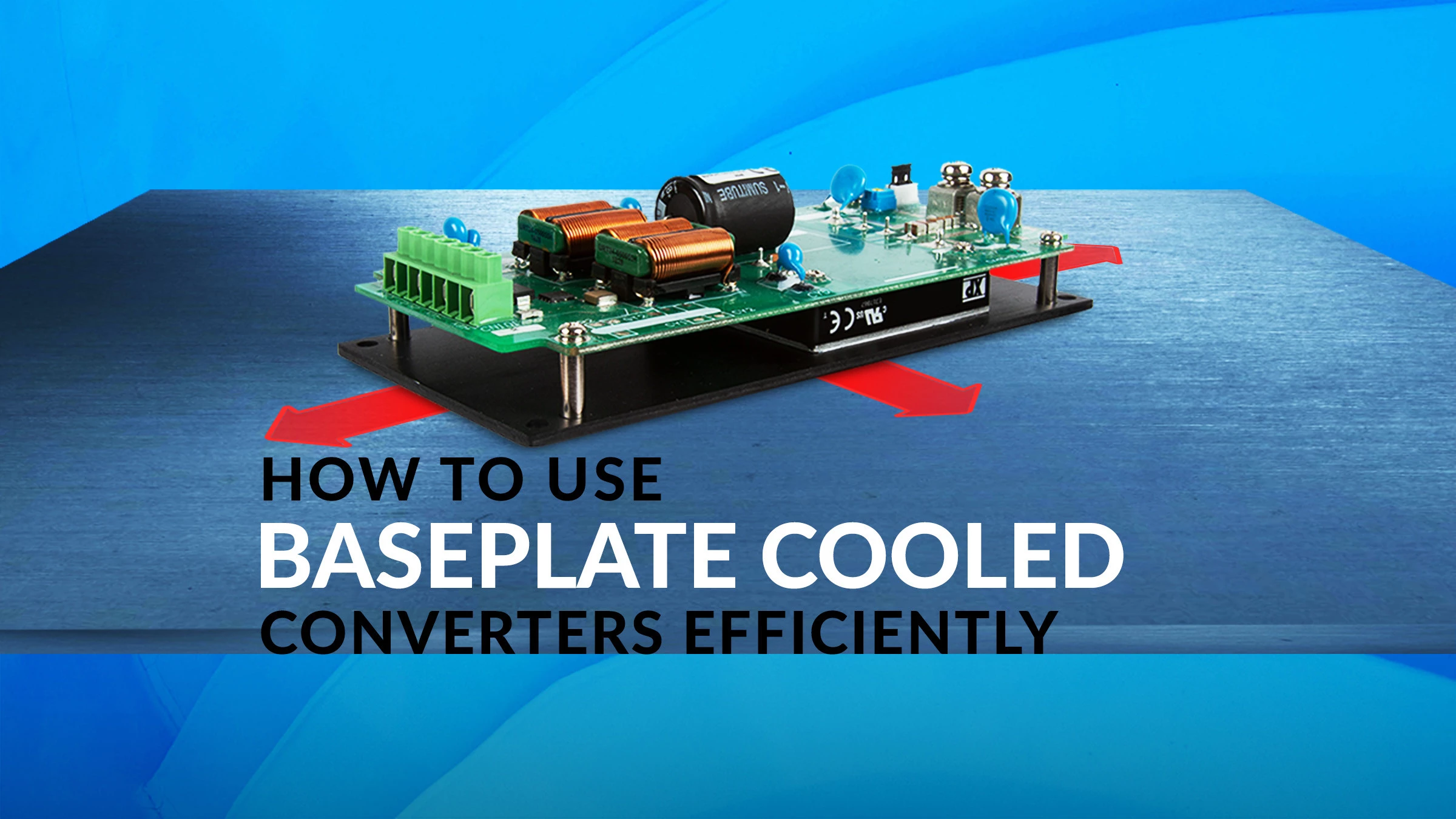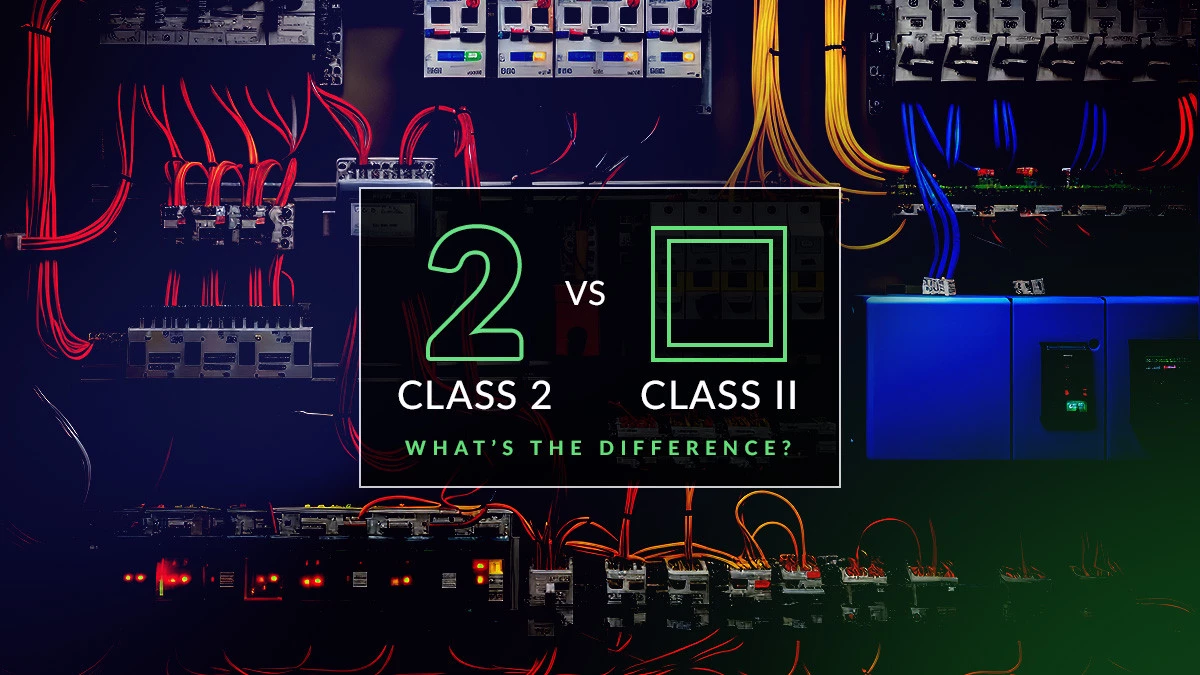
You’d be forgiven for being confused about Class II and Class 2 power supplies. After all, they sound the same so it’s only when you see them written down that there’s any noticeable distinction. But what do they mean and how are they different from each other?
The terminology used to classify power supplies involves different standards and definitions and there are distinctions between Class 2 and Class II.
What are class 2 power supplies?
Class 2 power supplies are defined by their limited power output and current levels. These limits are set to reduce the risk of fire hazards. Class 2 is a designation primarily related to wiring requirements between supply output and load input, considering factors like wire size, installation, and derating factors.
How is a class 2 power supply defined?
In the United States, the National Electrical Code (NEC) defines Class 2 circuits and power supplies, specifying the maximum power levels allowed for user safety and preventing hazards.
What are class II power supplies?
Class II power supplies, on the other hand, refer to devices that incorporate double insulation. This means there are two layers of insulation or reinforced insulation to protect against electric shock. Products with Class II power supplies often display a symbol indicating double insulation, such as a square within a square. They do not require a ground connection for safety.
Who sets the standard for a Class II power supply?
Class II references a standard established by the International Electrical Commission (IEC) for electrical equipment including power supplies. Different IEC standards indicate to the installer and the user how the product will protect them against the risk of electrical shock. You can read more about IEC standards in our blog on IEC protection classes.
Why are there standards in place for power supplies?
Standards set out minimum requirements in terms of safety, reliability, efficiency and trust as well as forming the basis for testing and certification. They are essential for quality and risk management, allowing manufacturers to produce goods of consistent quality and performance.
Summary
The classifications differ based on their primary focus. Class 2 focuses on limiting power output to reduce fire hazards, particularly according to NEC standards. Class II refers to double insulation to eliminate the need for a ground connection for safety according to IEC standards. You should know that these classifications may be used differently in various regions and industries, so always refer to the specific standards and regulations applicable to your context.
Download a wealth of technical information in our easy reference resource - Your Essential Guide to Power Supplies.
